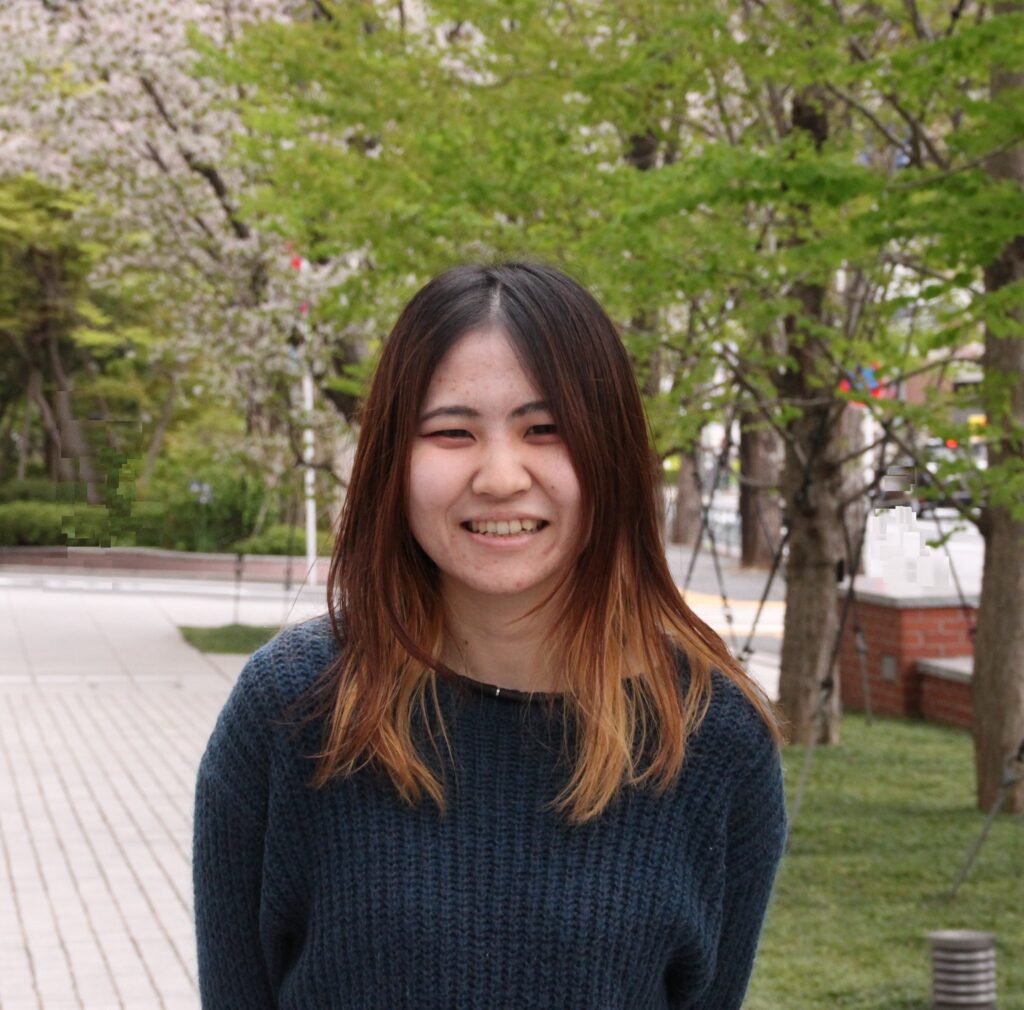
Ph.D. / Postdoctoral
Expertise: Histopathology; Cancer Microenvironment
Email: s.toyama.la [at] juntendo.ac.jp
Researchmap English
ORCID
X (twitter)
Selected papers:
Toyama S, Honda T, Iwabuchi S, Hashimoto S, Yamaji K, Tokunaga Y, Matsumoto Y, Kawaji H, Miyazaki T, Kikkawa Y, Kohara M. “Application of spatial transcriptomics analysis using the Visium system for the mouse nasal cavity after intranasal vaccination” Front Immunol. 2023. 14:1209945.
Yamaji K, Iwabuchi S, Tokunaga Y, Hashimoto S, Yamane D, Toyama S, Kono R, Kitab B, Tsukiyama-Kohara K, Osawa Y, Hayashi Y, Hishima T, Tateno C, Kimura K, Okanoue T, Kohara M. “Molecular insights of a CBP/β-catenin-signaling inhibitor on nonalcoholic steatohepatitis-induced liver fibrosis and disorder” Biomed Pharmacother. 2023 Oct:166:115379.
Honda T, Toyama S, Matsumoto Y, Sanada T, Yasui F, Koseki A, Kono R, Yamamoto N, Kamishita T, Kodake N, Miyazaki T, Kohara M. “Intranasally Inoculated SARS-CoV-2 Spike Protein Combined with Mucoadhesive Polymer Induces Broad and Long-Lasting Immunity” Vaccines. 2024. 18;12(7):794.
Biography:
Dr. Sakiko Toyama received a Bachelor of Clinical Laboratory Medicine and a Master of Health Care Sciences from Bunkyo Gakuin University, where she conducted pathology-based research using postmortem human brain tissue and lung cancer specimens. Her work included developing a semi-seven-color imaging method that combined multiplex immunofluorescence and silver staining to analyze tau isoform dynamics, and characterizing the tumor microenvironment in human lung cancer. She holds a national license as a clinical laboratory technologist, which supports her expertise in histological techniques including sectioning and staining. She later earned her Doctorate in Medical Science (Ph.D.) from Niigata University through a joint graduate program with the Tokyo Metropolitan Institute of Medical Science, where she engaged in vaccine research against viral infections such as hepatitis C and SARS-CoV-2. This included spatial transcriptomics experiments using the Visium platform. Throughout her career, she has maintained a strong foundation in pathology, with a sustained interest in the tumor microenvironment of lung cancer. Currently, she is developing 3D diagnostic methods using tissue clearing and multiplexed fluorescence imaging, aiming to establish more accurate and practical alternatives to conventional 2D histology. She is also interested in integrating these technologies with AI to advance the future of pathology toward greater precision and accessibility.
